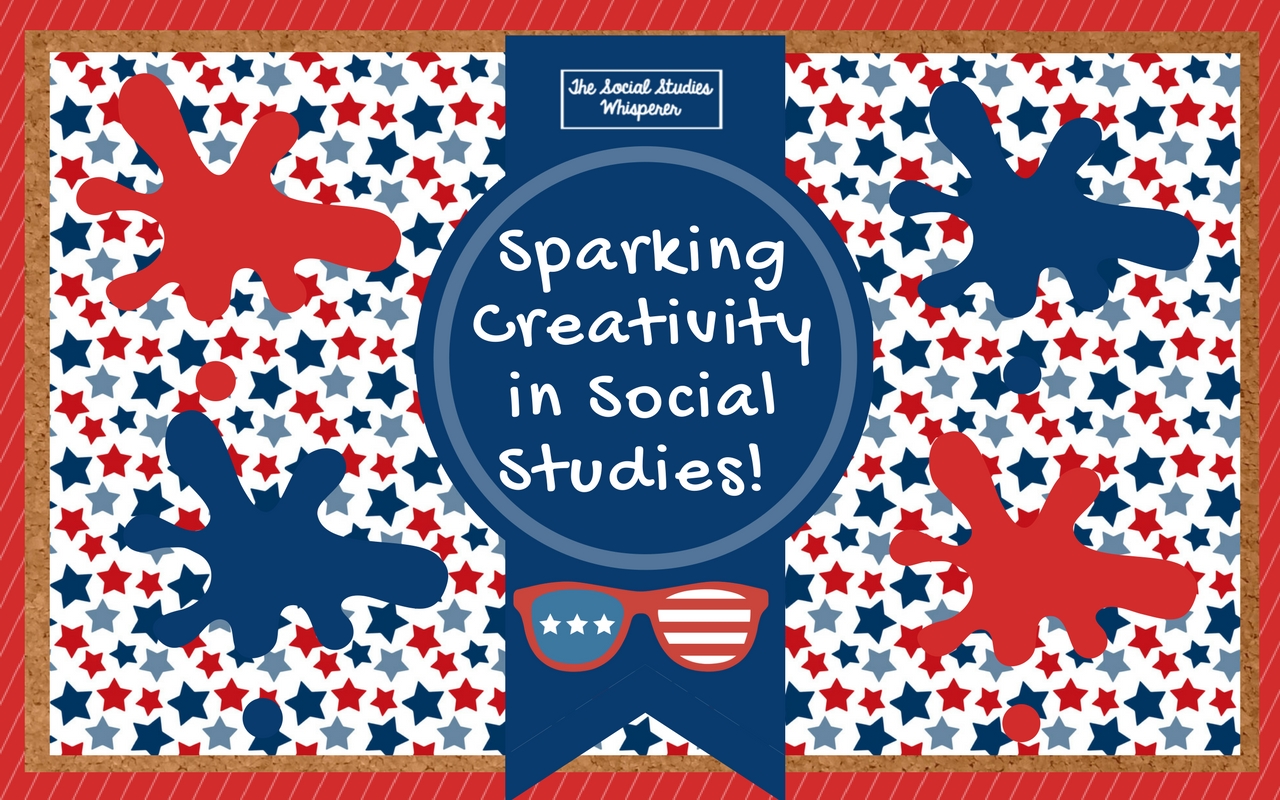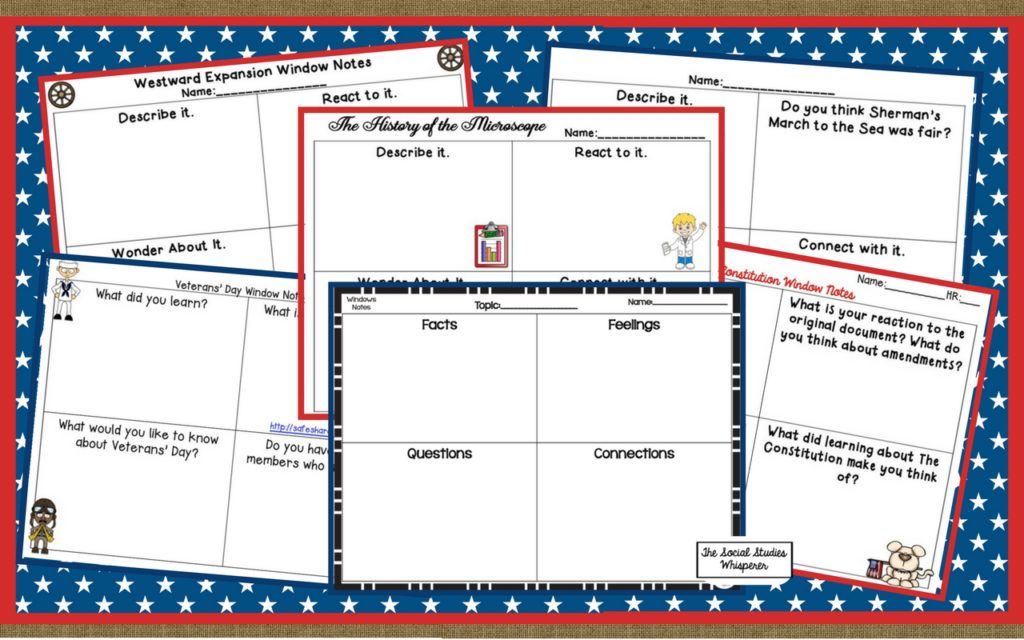
“What is creativity? The relationship between a human being and the mysteries of inspiration.” Elizabeth Gilbert
Have you heard of the book Big Magic by Elizabeth Gilbert? The premise is not letting fear hold you back from your creativity. Let me tell you that I am not a huge reader (because I can’t sit still long enough to do so) so if I am recommending something to read, take note. My endorsement is akin to a Pulitzer Prize. I have learned several valuable lessons from this book and have garnered multiple takeaways. Some of that wisdom I intend to impart on my 5th graders. How fortuitous that I was already reading this book as we began our discussion about creativity in a class I’m taking!! That was the universe at work encouraging me to find ways to put more effort into sparking creativity in Social Studies!
We were asked to reflect on whether or not we think creativity can be taught. My two cents is a resounding NO, it can’t be taught. Don’t panic. Stay with me. I think creativity is already within everyone and just needs to be unleashed and cultivated. I firmly believe in teaching the whole child and character education is a huge part of this.
I like to think of each child as a plant. If the plant receives proper care, guidance, and nourishment it will bloom. I think teachers have to take over the role of gardener and tend to each little plant in case there is an empty greenhouse at home. My students are developing traits, habits, and coping skills that will shape their entire future. If I set them on the right path, they can soar. That is why I feel like I would be remiss if I didn’t try to help each child find their passion, explore their creativity, and self-confidence so they are set up for success. I can use my disciplines of Science and Social Studies as a sturdy base for the foundation of creativity and critical thinking.
I often step outside of the box with my teaching style despite what others may think or might be implementing. During the time I lived in South Carolina, I took graduate level coursework in Montessori education. We used a Montessori approach in a public school setting. The philosophy is rooted in treating each child as an individual, letting them move at their own pace, and going from concrete to abstract thinking. I try to find as many ways to incorporate these concepts in a regular education.
Here are ways that I try to foster imaginative thinking and higher level thinking strategies in my classroom:
1) I give projects and use choice boards that allow for kids to showcase their talents.
2) I rarely use a textbook because they are just one person’s limited perspective. I use close reading passages and graphic novels. I’ve given students an activity to create a comic strip and used the Story Boarding technique to sequence a major event.
3) I try to incorporate the arts. Music can be a powerful teacher. I have students breakdown song lyrics looking for symbolism and figurative language and reflect on poetry. I use primary source paintings and photos. I’ve taught my students how to split up art and photography into 4 quadrants so they notice more details.
4) Instead of traditional Study Guides, I have created Picture Dictionaries (available in the Hip History Shop which allow for students to include a small image and put content in their own words.
5) I love the Windows Notes techniques because it allows an opportunity for students to ask questions and make connections. I think it is crucial for me to make history relevant to students’ lives. This can help develop creativity and higher level thinking. Here are some of the ways I have used it.

6) I have made it a goal to try to fit in more class meetings. During these meetings, I focus on character-building. Instead of focusing so much on bullying as I have done in the past, I am trying to have discussions about empowering ourselves and building self-respect and self-confidence. One of favorite classroom quotes is “Believe and you will achieve.” I think it is important for students to use positive self-talk even if it’s a “fake it ’til you make it.” Hopefully this can become a self-fulfilling prophecy. Students who believe in themselves aren’t afraid to take risks with ideas therefore having more potential to express their creativity. I will try to stress to my perfectionists to not be so hard on themselves. In Big Magic, Gilbert says she thinks “perfectionism is just a high-end, haute couture version of fear.” I want my students to know it’s ok to make mistakes and that if you do you try again. Persistence is a valuable life skill.
7) I got some great ideas from this unique site I learned about in my endorsement class. Many of the strategies are mentioned in terms of a business setting but I think they can be applied to classroom productivity. It’s called Creating Minds . I like the Random Words idea. I think giving students a set of words to write what they associate and then making a connection is a great lesson hook. I also think write streaming could be applied as a quick write about a given topic on a given Social Studies or Science topic.
8) Readers’ Theatres are perfect for your budding drama kings and queens. I’ve had students just read the script to practice fluency, put on an off-Broadway type performance with invited guests, had students present just to the class, and have students write their own script.
9) Writing is a creative outlet for me so I strive to help it do the same for my students. Instead of just having them write “reports,” I have them write historical fiction pieces, diary entries, or sequels to readers’ theatres or books.
Some things I have not done this school year but am interested in trying are open-ended STEM projects with a Social Studies connection and Genius Hour, where students are encouraged to research something they are passionate about. The challenge is being departmentalized.
Above all, I hope I can be a positive source of inspiration for my students. I bought Mindset and look forward to reading it after I finish Big Magic.
How do you encourage creativity in your classroom while sticking to the curriculum?